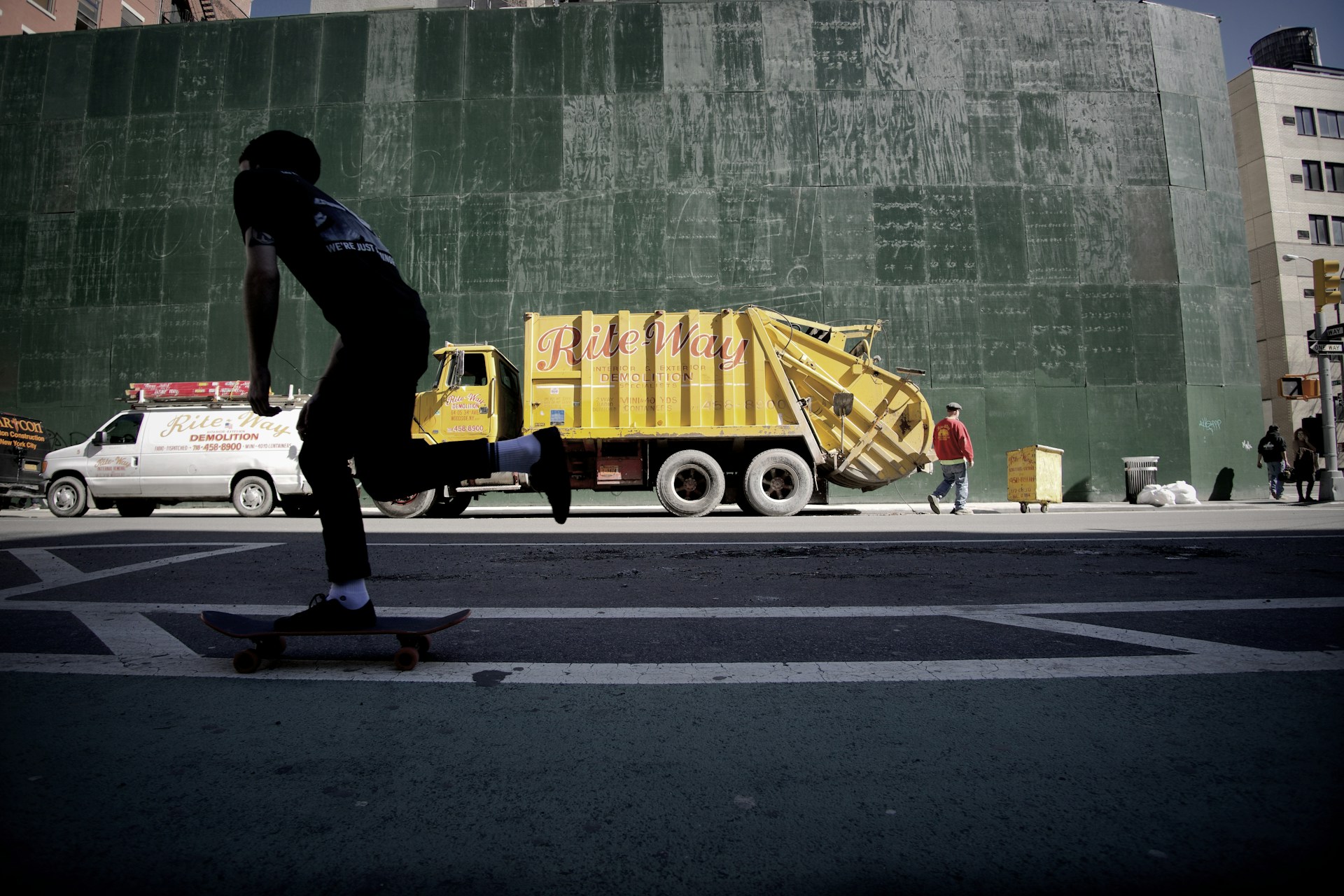
How Man and Van Rubbish Removal Works in London
It’s remarkable that a significant number of individuals have yet to embrace a straightforward, cost-efficient, and environmentally friendly method for disposing of large waste.
The man & van rubbish removal service in the UK includes collection of waste and transportting it to a certified disposal site. This service includes tasks such as rubbish pickup from residential or commercial properties, loading the waste onto a vehicle, tidying up any scattered debris at the location, and ensuring the waste reaches the appropriate facility for safe processing.

The cost for this service depends on the amount of waste removed, encompassing labor, transportation, and disposal expenses. This method is among the most favoured for rubbish removal, with many relying on it for efficient waste management. Apart from municipal services, opting for a reputable company that provides superior waste management services can be both time and cost-saving. Private waste management companies have an edge over municipal services because they offer comprehensive waste management solutions, from collection to disposal, for both small and large waste items. They can also respond to service requests with much shorter lead times.
What Kinds of Waste Are Eligible for Removal?
Several authorised waste management companies deal with a wide array of non-hazardous waste from both commercial and residential sources. This includes, but is not limited to, construction debris, illegally dumped waste, large domestic and commercial appliances, furniture, office refuse, garden waste, and general household clutter. However, due to licensing requirements and health & safety issues, there are restrictions on handling certain hazardous materials, primarily due to insurance concerns. Common items not accepted by most waste removal services include:
- Gas canisters and bottles
- Asbestos
- Paint and paint cans
- Batteries
- Petroleum products like oil, diesel, or petrol
- Medical or clinical waste, including needles and syringes
- Fluorescent tubes
- Tires
- Commercial-grade freezers, refrigerators, and air conditioning systems
Vehicle Types, Sizes, and Weight Limitations
Man & van waste clearance services typically do not cater to heavy demolition or excavation tasks involving materials like soil, cement, and rubble due to vehicle weight restrictions. The collection vehicles are designed for lighter materials, and regulations often stipulate that lightweight goods vehicles (LGVs) cannot exceed 3.5 tonnes. With the empty weight of an LGV ranging from 2.0 to 2.5 tonnes, this limits the waste carrying capacity to between 1.0 and 1.5 tonnes, making these vehicles better suited for mixed bulky waste rather than dense, heavy materials.
The types and sizes of vans vary widely. For prominent rubbish removal companies like Topwasters, the primary vehicles used for bulky waste collection include:
- Metal Cage Tippers with either a mesh or solid container at the back for loading waste, equipped with a hydraulic tipper mechanism to help with unloading.
- Luton vans, characterised by a large, solid-sided box at the rear extending over the driver’s cabin, offering ample space ideal for home moves.
- Transit vans, known for their affordability, compact size, and ease of manoeuvrability. They feature sliding doors on the side and back, making them more adaptable than Luton vans for waste removal.
- Flatbed Lorries, which are designed to transport heavy items, are not limited to bulky waste. They are preferred by industries such as scaffolding, building supplies, and equipment rental services.








